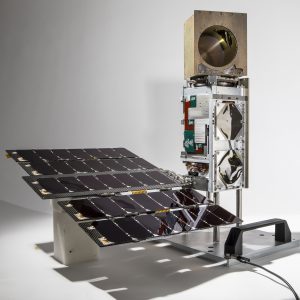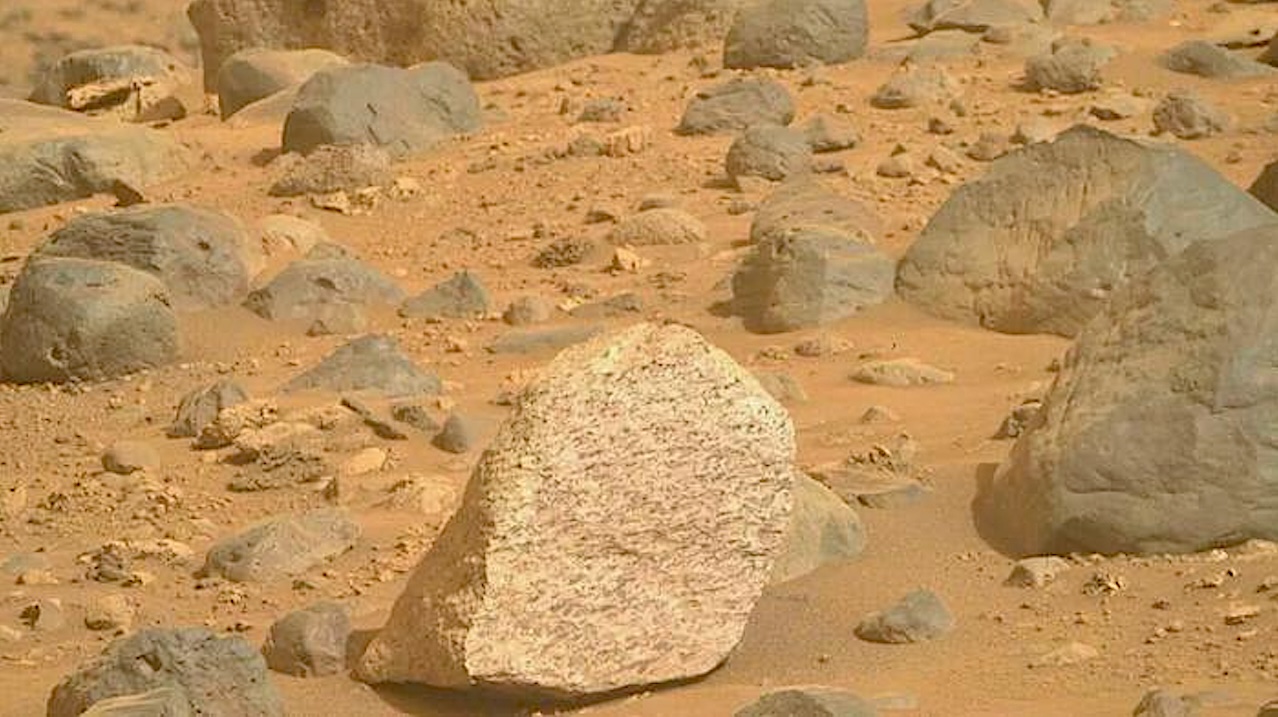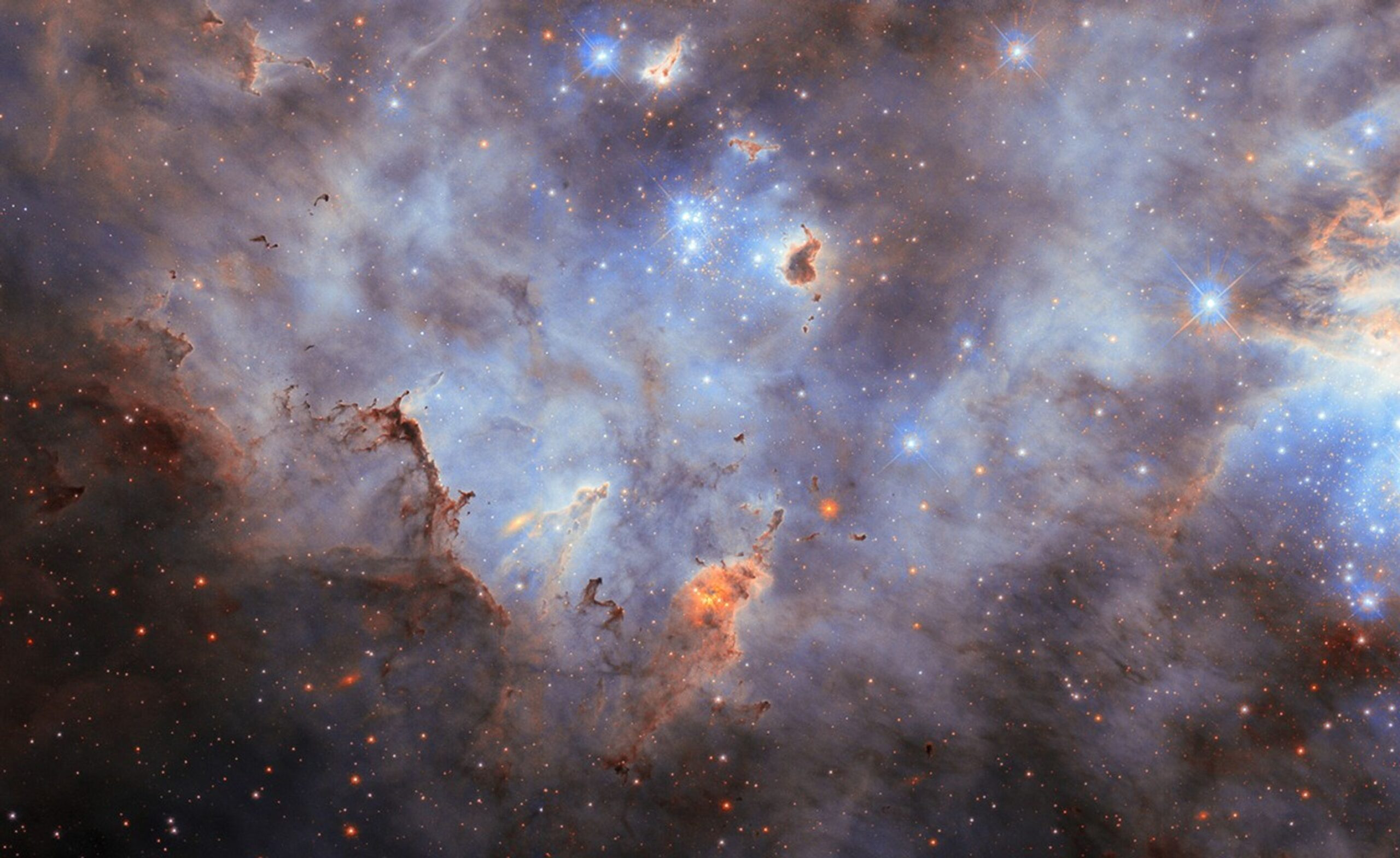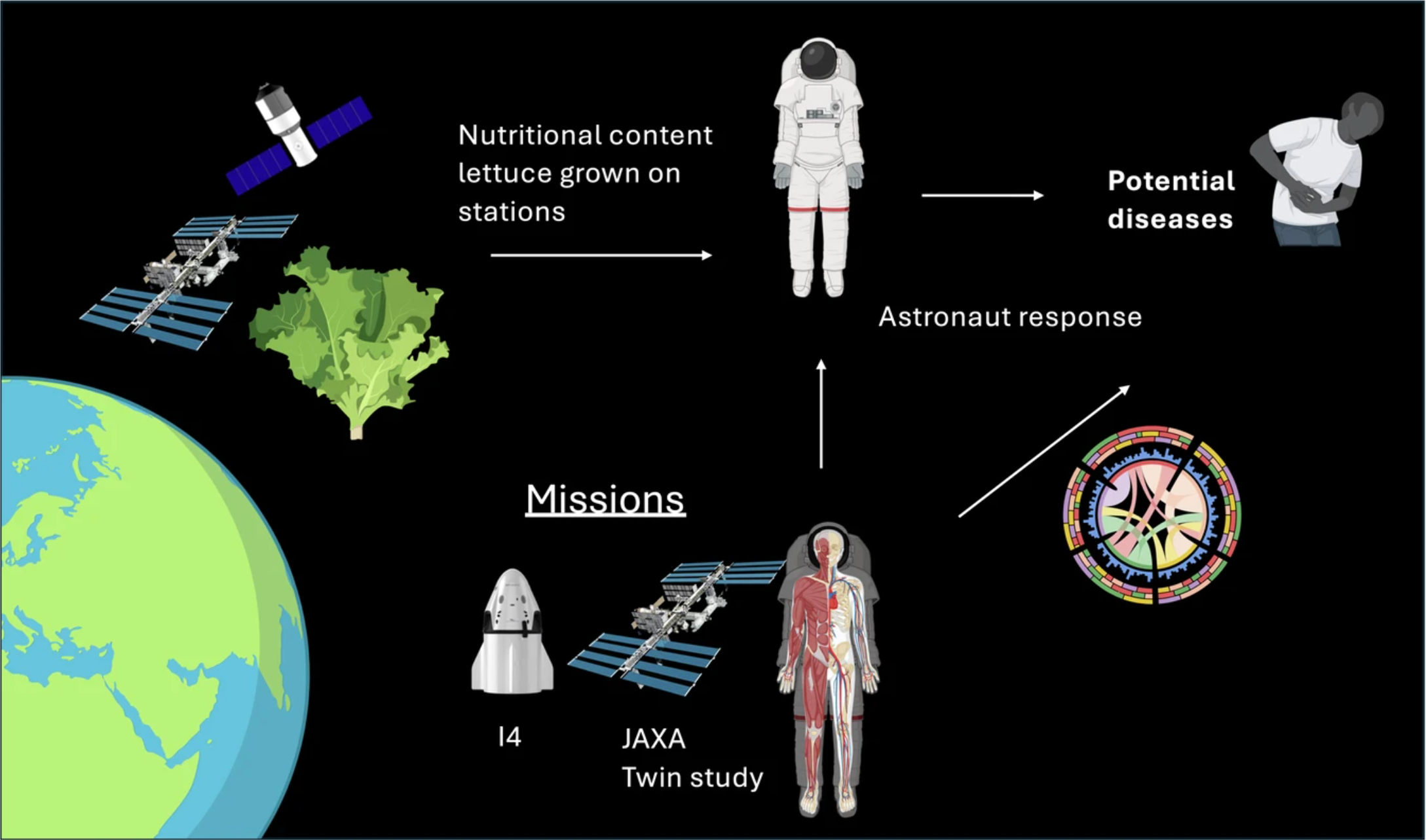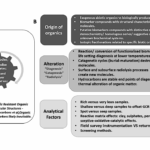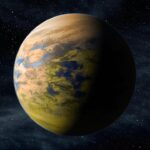Components of a NASA technology that could one day help crew and cargo enter harsh planetary environments, like that of Mars, are taking an extended trip to space courtesy of
Hot Posts593- Page
NASA science and American industry have worked hand-in-hand for more than 60 years, transforming novel technologies created with NASA research into commercial products like cochlear implants, memory-foam mattresses, and more.
Image of AB Aurigae in hydrogen-alpha (Hα) light, showing the newborn protoplanet AB Aurigae b clearly detected about 0.6”almost due south of the central star. The central 0.3” region around
Meteorite heading through Earth’s atmosphere — Grok via Astrobiology.com Climate change is inducing a global atmospheric contraction above the tropopause (~10 km), leading to systematic decrease in neutral air density.
Rocks in the Bright Angel Formation. NASA’s Mars Perseverance rover acquired this image using its Right Mastcam-Z camera. Mastcam-Z is a pair of cameras located high on the rover’s mast.
Explore Hubble Hubble Home Overview About Hubble The History of Hubble Hubble Timeline Why Have a Telescope in Space? Hubble by the Numbers At the Museum FAQs Impact & Benefits
A new space race is heating up across the pond — not to be the first to reach the moon, but to provide a credible and flexible legal framework capable
Lettuce Find Healthy Space Food! Citizen Scientists Study Space Salads Volunteer members of the OSDR-Analysis Working Groups examined the nutritional quality of crops grown in Low Earth Orbit and the
What processes are responsible for our Sun’s solar wind, heat, and energy? This is what a recent study published in Physical Review X hopes to address as a team of
NASA on Tuesday said it was on track to send astronauts to orbit the moon in early 2026, as the United States races China to return to the lunar surface.
-
 012024 in Review: Highlights from NASA in Silicon Valley
012024 in Review: Highlights from NASA in Silicon Valley -
 02Panasonic Leica Summilux DG 15mm f/1.7 ASPH review
02Panasonic Leica Summilux DG 15mm f/1.7 ASPH review -
 03How New NASA, India Earth Satellite NISAR Will See Earth
03How New NASA, India Earth Satellite NISAR Will See Earth -
 04And Thus Begins A New Year For Life On Earth
04And Thus Begins A New Year For Life On Earth -
 05Astronomy Activation Ambassadors: A New Era
05Astronomy Activation Ambassadors: A New Era -
06SpaceX launch surge helps set new global launch record in 2024
-
 07Space Force plans new ‘Futures Command’ amid pressure to speed up modernization
07Space Force plans new ‘Futures Command’ amid pressure to speed up modernization


